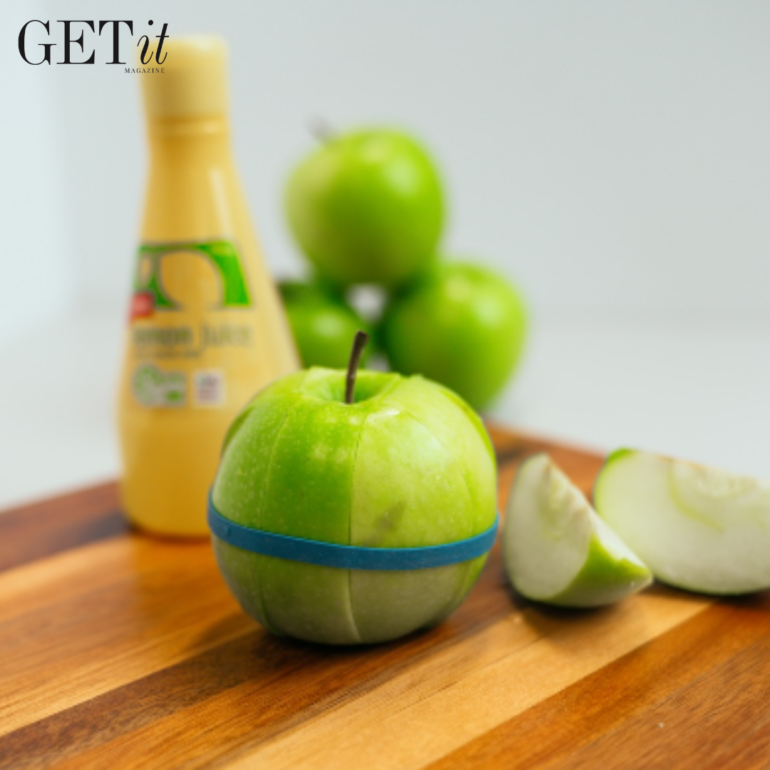By Australian Christian College Moreton teacher, Jason Todio
Healthy school lunches are more than just a midday meal; they are a crucial element in shaping a child’s physical health, academic performance, and lifelong eating habits. Research shows a vital connection between a nutritious midday meal and enduring healthy eating patterns in and out of school. Children partaking in well-rounded school lunches exhibit a ripple effect of positive choices, transcending the lunch hour.
This not only supports their immediate well-being but also lays the foundation for lifelong healthy habits.
As parents and educators, recognising these findings propels us into a multifaceted exploration of the pivotal role that healthy school lunches play in our children’s lives, unravelling insights and guidance for thoughtful and nutritious choices.
Understanding Nutritional Needs for School-Aged Children
Nutrition plays a pivotal role in the physical and cognitive development of school-aged children. Essential nutrients like proteins, carbohydrates, vitamins, and minerals each play unique roles in supporting growth, energy levels, brain function, and overall health. Adhering to dietary guidelines and understanding the nutritional requirements specific to different age groups is fundamental in planning healthy school lunches.
The Impact of Unhealthy School Lunches on Students
Sugar Highs and Crashes
Unhealthy school lunches, high in sugar, trigger energy spikes followed by crashes, impacting students’ ability to stay focused and engaged in class.
Cognitive Function
Poor nutrition hampers cognitive development, affecting memory, problem-solving skills, and overall brain function in students.
Academic Performance and Behaviour
Inadequate diets are linked to lower academic achievements and behavioural issues, hindering students’ ability to learn and engage positively in the classroom.
Decreased Concentration
Sugary, processed foods contribute to decreased concentration levels, impairing students’ focus, information retention, and task completion.
Mood and Social Interactions
Unhealthy lunches influence mood swings and irritability, impacting students’ social interactions and hindering the development of positive relationships in school.
Parents vs. Student Involvement
There’s nothing worse than discovering a half-eaten sandwich and bruised fruit in your kid’s lunchbox. But, I’ve come to realise that letting our kids dictate their own lunches is far from striking a healthy balance. As parents, it’s our responsibility to care for and protect our children, even from their own food choices. Involving them in weekly lunch planning, however, has been a game-changer.
Collaborative School Lunch Planning
Go through the week’s menu together. By embracing the convenience of online grocery shopping, they even get to watch what you do and add each item to the virtual cart.
Instead of simply saying “no” to their requests for chocolate bars during recess, make it a collaborative discussion. You could ask, “What could be a healthier alternative to chocolate that you would enjoy? How about trying this muesli bar?”
In the end, this collaborative approach not only ensures that my children are making healthier choices, but it also gives them a sense of ownership over their meals. No more disappointing surprises in their lunchboxes – just a balanced and satisfying array of foods that we’ve all agreed upon.





